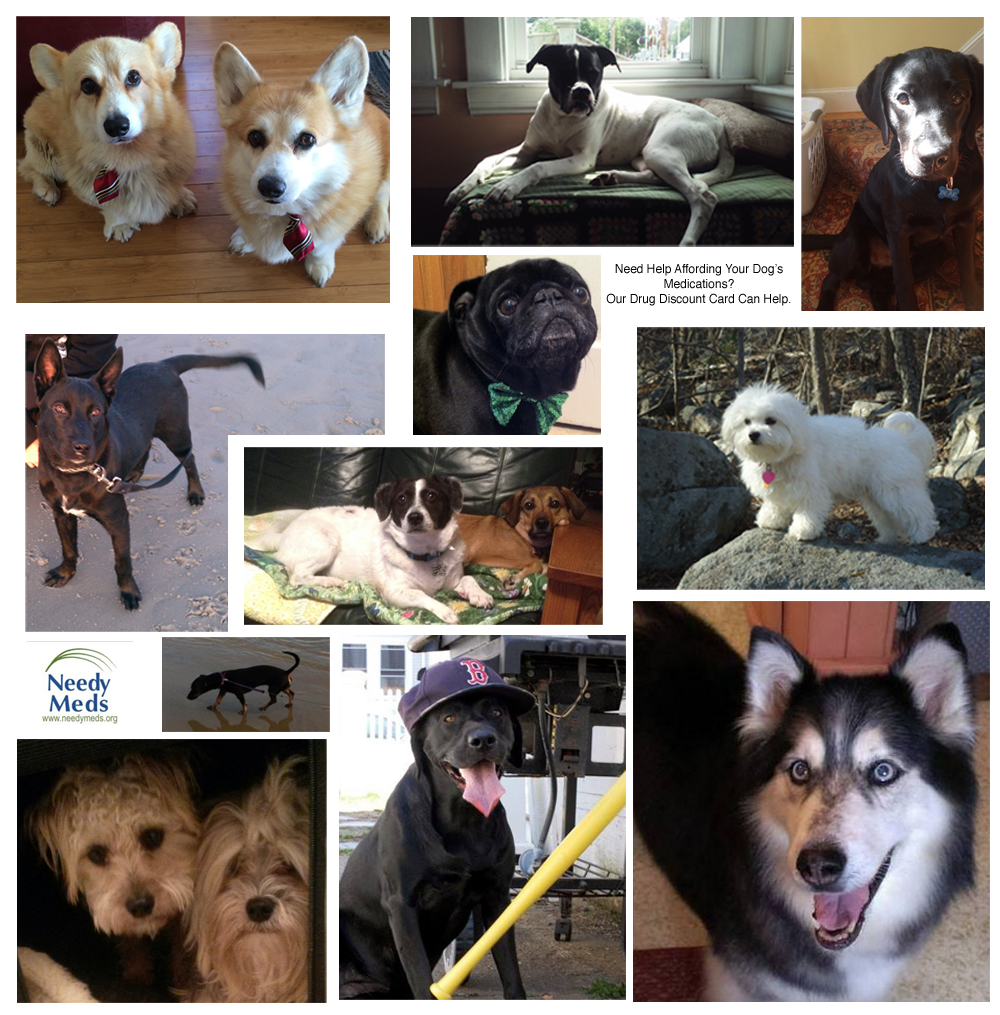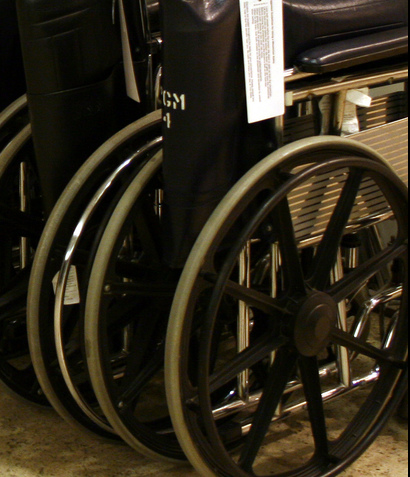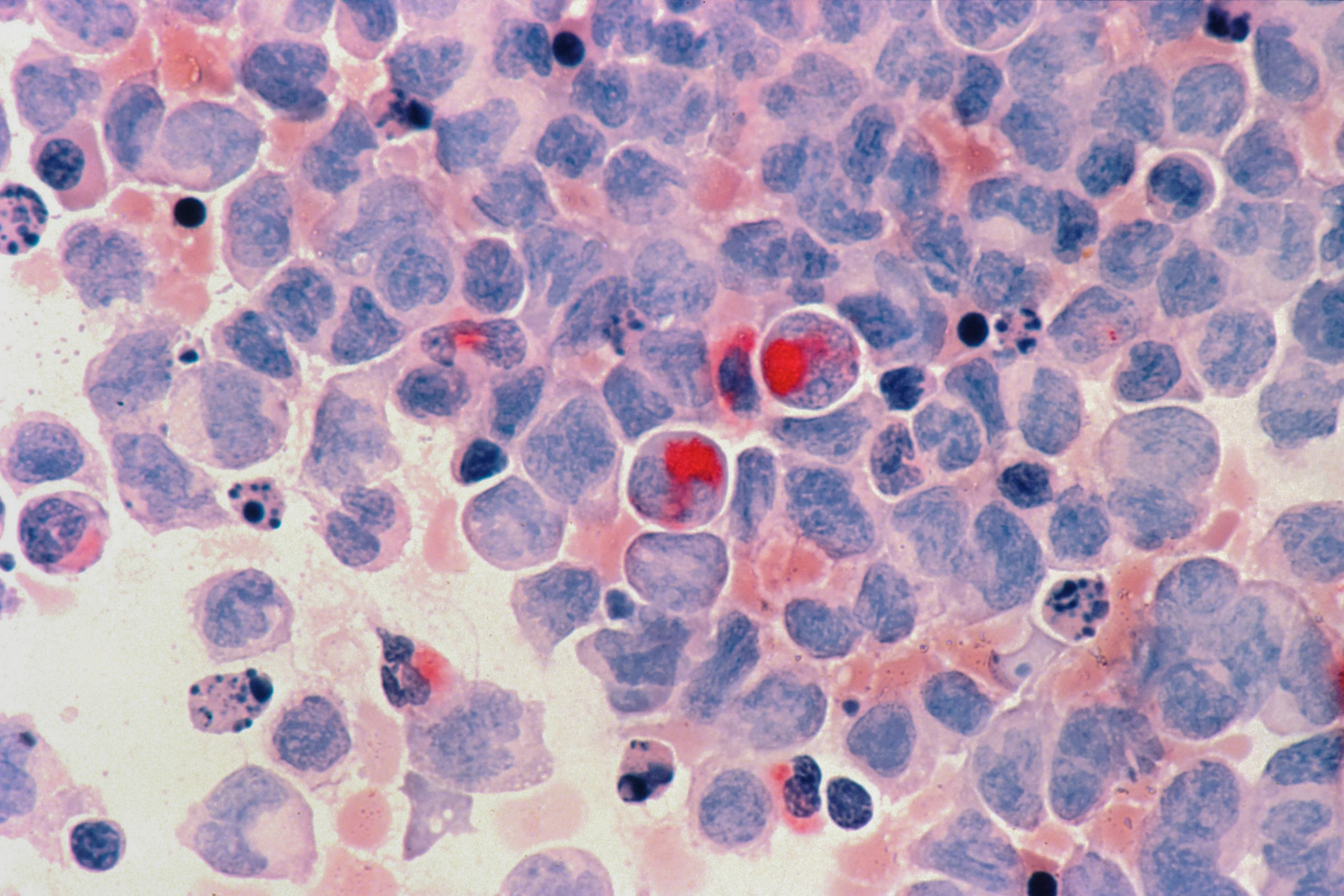Service dogs have had a place in American healthcare for almost 100 years. While companion animals were relatively common in European mental institutions during the late 19th century, dogs were not incorporated into American therapy settings until 1919. Guide dogs for the blind began being trained in the United States in 1929, after World War I left many veterans without their sight. Though the use of service animals expanded after World War II and the Korean War, it wasn’t until the Americans with Disabilities Act of 1990 that people with assistance dogs were guaranteed access to businesses and services available to the general public. For National Service Dog Month, we will outline the programs available for those in need of assistance that could be filled by a properly trained service animal as well as resources available for the health of our animal companions.
There are many different kinds of service animals that perform numerous tasks. As mentioned above, therapy or companion animals can be a comfort to those with mental or emotional distress and guide dogs are able to navigate and retrieve items for the blind and visually impaired. Hearing or signal dogs help people who are deaf or hard of hearing be alerted to the sound of their name, alarm clocks, doorbells, or smoke alarms.
There are two different kinds of specially trained dog available for patients with seizure disorders. Some dogs can be trained to smell a change in blood sugar in a diabetic person’s breath and alert them to maintain their insulin before they crash; other dogs are able to respond to seizures in progress by protecting their incapacitated owner, alerting those in the area to help, and reorienting their partner when the episode has passed.
Mobility service dogs tend to be larger breeds that can help support individuals with physical disabilities. Psychiatric service dogs are like therapy and companion animals that may have been specially trained to help their partner with anxiety or panic attacks, agoraphobia, autism, and many other disorders. Nearly all service dogs are tested in early puppy-hood to see how their natural habits and interests can be used in assisting a partner, followed by several years of intensive and personalized training.
Though dogs are what most people imagine when thinking of service animals, other species can be specially trained assistants as well. Some organizations have trained miniature horses for the task of guide and mobility service animal due to the longer lifespans and load-bearing capabilities of horses. Another program matches adults with spinal cord injuries and other mobility impairments with a trained capuchin monkey to help with their daily tasks.
Service animals can greatly improve—if not save—the lives of people they are working with. NeedyMeds has information on over 40 national and local programs that provide service animals for those with various conditions in our Diagnosis-Based Assistance area of the site, You could also search for conditions commonly assigned assistance dogs such as blindness, deafness or hearing loss, physical disabilities, seizure disorders, or autism. While all the programs are unique in their eligibility, they all share the requisite that the dogs must be provided a safe/healthy home and quality care. Whether your dog is a service animal or a pet, their health is a priority as well. The NeedyMeds Drug Discount Card can also be used to save on pet prescriptions when picked up at the pharmacy, also available in a printable form or a smartphone app.




